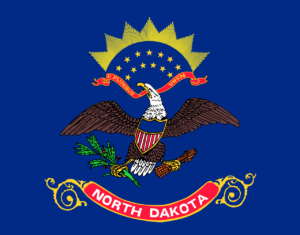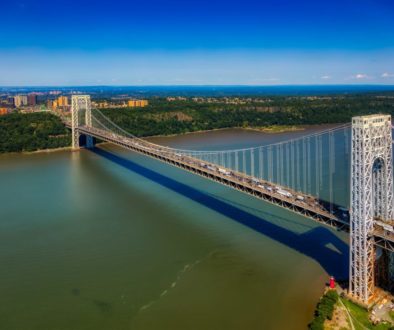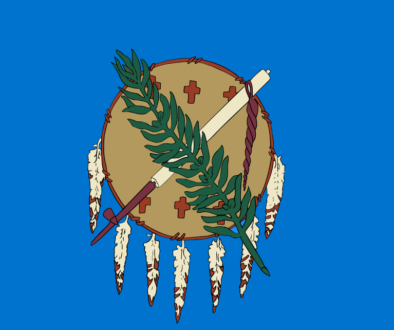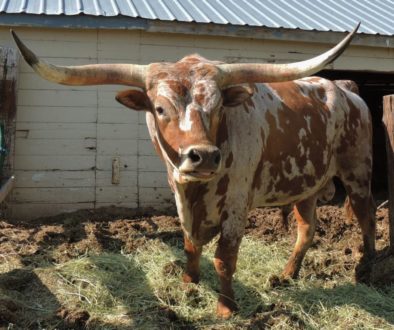North Dakota
History: For about 13,000 years, humans have lived in what today is the Dakotas. A few different groups occupied the area, such as the Mandan, Hidatsa, Crow, Lakota, Santee, and Cheyenne tribes. The LaVerendrye group claimed the region for France as part of the Louisiana Territory in 1743. In 1803, the area came under U.S. control as part of the Louisiana Purchase. The Lewis & Clark expedition passed through and explored during 1803-1805. Significant American settlement only happened in the late 1800s due to the railroads. North Dakota (and South Dakota) was admitted to the Union together on November 2, 1889, as either the 39th or 40th state.
Economy: North Dakota’s largest industry is agriculture, with about 90% of its land used for farming. Soil is North Dakota’s most precious resource. It is the base of the state’s great agricultural wealth in corn, soybeans, barley, oats, buckwheat, and sugar beets. It also produces many oilseeds such as canola, flax, sunflowers, safflower, and mustard. North Dakota also has enormous mineral resources. These mineral resources include billions of tons of lignite coal. In addition, petroleum was discovered in 1951 so North Dakota has large reserves of shale oil.
Geography: North Dakota can be divided into three major regions – Red River Valley in the east, Missouri Plateau in the west, and the Great Plains in the southwest. The Red River Valley is flat and fertile, ideal for farming. The Missouri Plateau is more hilly, broken up by lakes and streams which cause much flooding every spring. The Great Plains area are also hilly but are rich in mineral deposits. The geographic center of our continent (North America) is near the town of Rugby.
Climate: The climate in North Dakota is continental with hot summers and cold winters. North Dakota is almost in the middle, being almost equal distances from the North Pole and the Equator. The temperature drops below 0 degrees f an average of 65 days a year along the border with Canada.
Fun Facts:
- North Dakota and South Dakota came into the Union at the same time, so no one knows which is the 39th state and which is the 40th
- Only 1% of North Dakota is forest, smallest of any state.
- Most of the pasta in the U.S. is made from North Dakota durum wheat.
- It’s illegal to dance in Fargo with a hat on.
- North Dakota has the only state-owned bank and flour mill in the U.S.
- The world’s largest Buffalo statue (26 ft high) is in Jamestown.
Points of Interest:
- Theodore Roosevelt National Park
- Frontier Village and the National Buffalo Museum in Jamestown
- North Dakota Heritage Center in Bismark
- Knife River Indian Villages National Historic Site in Stanton
- Scandinavian Heritage Park in Minot
- Lake Sakakawea State Park in Hazen
Six additional sites to visit for more information:
www.infoplease.com/north-dakota
kids.nationalgeographic.com/north-dakota/
www.coolkidfacts.com/north-dakota-facts/




